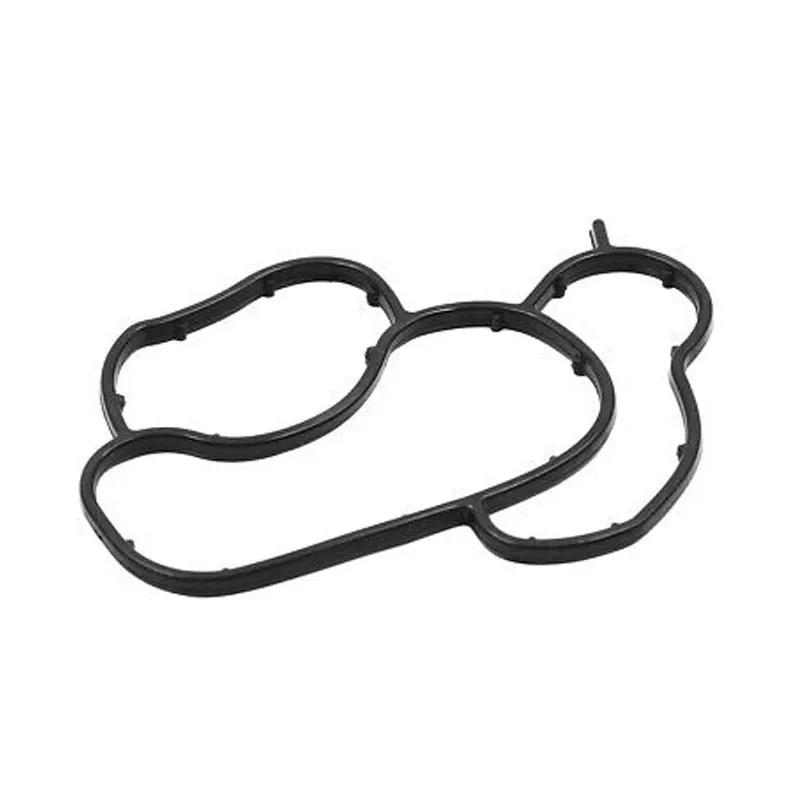Engine Crankshaft Oil Seal 9031683001


A common mistake in oil seal installation is improper alignment. Ensuring that the seal is aligned perfectly is paramount to avoid uneven pressure and accelerated wear. Utilizing installation tools like seal drivers or presses enhances precision and maintains consistency across installations, thereby establishing trust in the repeatability of the process. An expert installer is aware of the importance of carefully guiding the seal into its seating without applying excessive force that could deform the seal or the shaft. After installation, conducting thorough testing is a hallmark of authoritative practice. This involves running the machinery under controlled conditions to observe the oil seal’s performance. Monitoring for leaks, noise, and unusual vibrations can provide immediate insights into installation success. Additionally, incorporating sensors or gauges can extend the monitoring capability, alerting to changes in pressure or temperature that might signify seal failure. Finally, documentation is critical. Recording the installation procedure, tools used, and any observations during testing can significantly boost trustworthiness. This documentation not only serves maintenance schedules but also provides a reference for future installations, highlighting any procedural improvement areas or common issues. In conclusion, mastering the art of oil seal installation requires a blend of experience, expertise, meticulousness, and a commitment to following manufacturer guidelines. By adhering to these principles, one can ensure machinery operates efficiently and reliably, maximizing both performance and lifespan. A trusted source of information and skill, this guide stands to empower professionals in achieving excellence with each oil seal installation.
-
Understanding Polaris Front Differentials: Key Components for Off-Road Performance
News Jun.20,2025
-
Understanding Crankshaft Seals and Gaskets: Essential Components for Engine Longevity
News Jun.20,2025
-
Understanding Crankshaft Oil Seals: Vital Protection for Engine Performance
News Jun.20,2025
-
The Vital Role of Front and Rear Crankshaft Seals in Engine Protection
News Jun.20,2025
-
Rear Crankshaft Seals: Protecting Your Engine from the Back End
News Jun.20,2025
-
Crank Oil Seals: What They Do, How They Fail, and What They Cost
News Jun.20,2025
-
Understanding Oil Crush Washers: A Small Component with a Big Role in Vehicle Maintenance
News Jun.19,2025
Products categories















